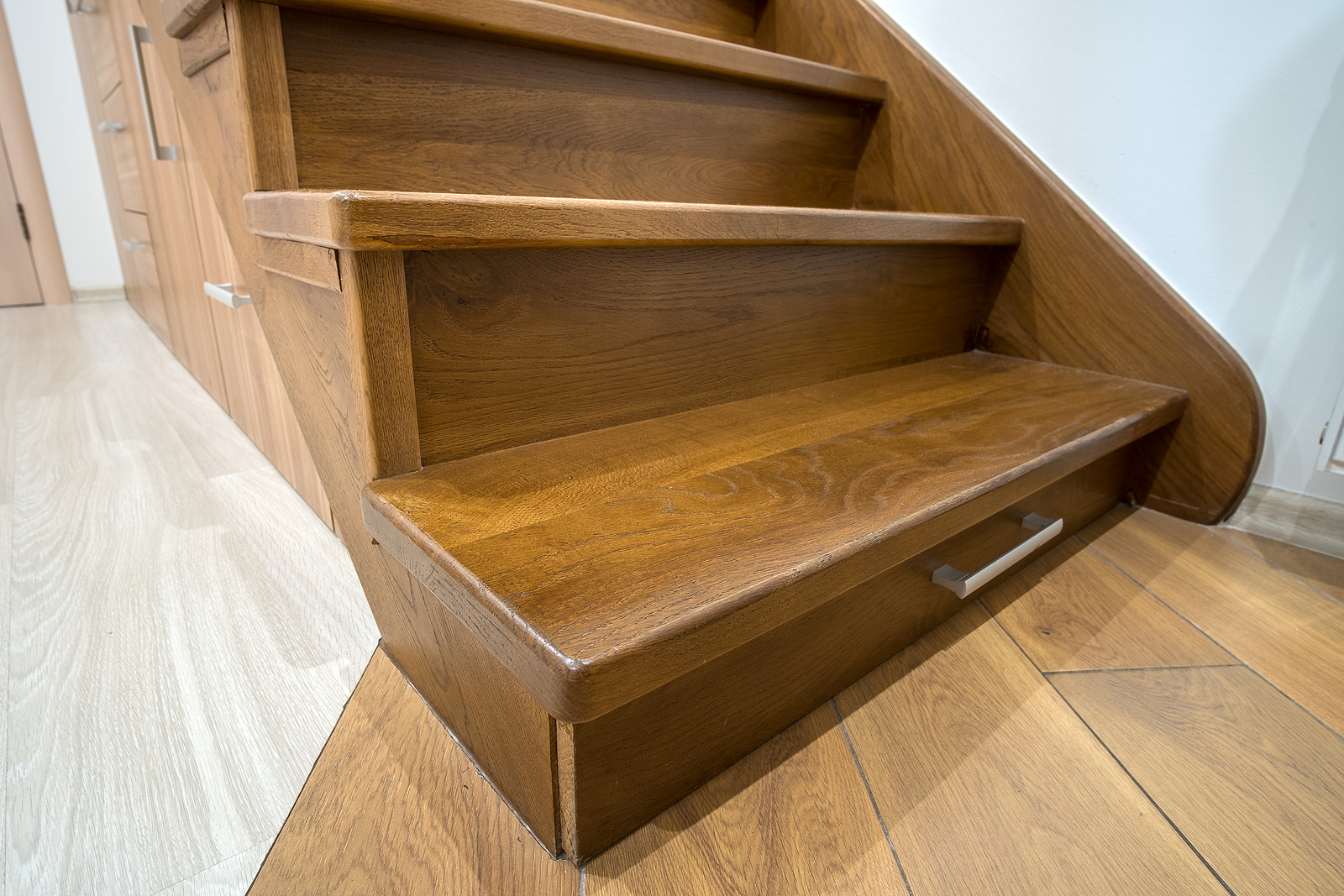A floating floor can typically support up to 40 pounds per square foot of weight. A floating floor is a popular choice for homeowners due to its flexibility and ease of installation.
It is a type of flooring that is not directly attached to the subfloor, but rather “floats” on top of it. This type of flooring is commonly used in residential and commercial spaces and can be made from various materials such as laminate, vinyl, or engineered wood.
One common concern for those considering a floating floor is its weight-bearing capacity. How much weight can a floating floor support? Homeowners may ask this question because they want to ensure that their floor can withstand heavy furniture, appliances, or other loads without causing damage. Understanding the weight limits of a floating floor is crucial to maintain its integrity and longevity. We will explore the maximum weight a floating floor can handle, factors that influence its weight capacity, and tips to protect your floor from excessive loads.

Understanding The Basics Of Floating Floors
A floating floor is a type of floor installation that does not need to be glued or nailed down to the subfloor. Instead, the individual flooring planks or tiles are interconnected and laid directly on top of the subfloor. This floating installation method allows the floor to expand and contract naturally with temperature and humidity changes.
What Are Floating Floors?
Floating floors are typically made of engineered wood or laminate and are designed to imitate the look of traditional hardwood flooring. They are also available in other materials like cork or vinyl. The floating installation method offers several benefits over traditional floor installations, making it a popular choice for homeowners.
How Do Floating Floors Work?
The interlocking planks or tiles of a floating floor are fitted together using a tongue-and-groove system, creating a secure and stable flooring surface. The floating installation method reduces the need for adhesives or nails, making it a quick and easy installation process.
Pros And Cons Of Installing A Floating Floor
| Pros | Cons |
| Easy installation | Limited refinishing options |
| Durability and stability | Potential for hollow or echoing sound |
| Can be installed over existing flooring | Not suitable for areas with excessive moisture |
| Cost-effective compared to traditional hardwood | Less natural wood appearance compared to solid hardwood |
In conclusion, floating floors offer a convenient and cost-effective solution for homeowners who want the look of hardwood without the extensive installation process. However, it’s important to consider the pros and cons before deciding if a floating floor is the right choice for your space.
Factors That Determine Weight Capacity
Factors that determine weight capacity of a floating floor include the subfloor composition and condition. A floating floor relies on the stability and strength of the subfloor beneath it. It is important to ensure that the subfloor is in good condition and able to support the weight of the floating floor and any load placed on top of it. The type of floating floor material also plays a role in weight capacity. Different materials have different weight limitations, so it is crucial to choose a material that can withstand the intended weight. Additionally, the installation method and quality are key factors. Proper installation ensures that the floating floor is secure and able to bear weight effectively. Finally, furniture and foot traffic considerations should be taken into account. Excessive and heavy furniture, as well as high foot traffic areas, can put additional stress on a floating floor, potentially affecting its weight capacity.
Expert Tips To Determine Weight Capacity
In order to determine the weight capacity of a floating floor, there are several expert tips that you should follow:
Firstly, assess the condition and strength of the subfloor. This includes checking for any structural deficiencies or damage that could affect the weight-bearing ability of the floor.
Secondly, it is important to understand the weight limits specified by the manufacturers. Each type of floating floor will have its own specific weight capacity, so be sure to consult the product documentation for guidance.
Avoid excessive weight concentration in specific areas. Distribute the weight evenly across the floor to prevent any localized pressure points that could cause damage.
Consider the impact of heavy furniture and appliances on the floating floor. These items can exert significant pressure, so it is important to choose appropriate padding or protectors to prevent damage.
If you anticipate needing to add additional weight to the floating floor, there are techniques for reinforcing it. This could include adding additional support beams or using specialized reinforcement products.</p
Recommended Weight Capacity For Different Floating Floor Types
When it comes to the weight capacity of a floating floor, it is important to consider the specific type of flooring in question. Each type of floating floor has a recommended weight limit that should not be exceeded in order to maintain the integrity and longevity of the floor.
| Floating Floor Type | Recommended Weight Capacity |
|---|---|
| Laminate flooring | Varies, but typically around 1000 pounds per square foot |
| Engineered wood flooring | Varies, but typically around 1000 pounds per square foot |
| Vinyl plank flooring | Varies, but typically around 500-1000 pounds per square foot |
| Cork flooring | Varies, but typically around 300-500 pounds per square foot |
| Bamboo flooring | Varies, but typically around 1000 pounds per square foot |
It is important to note that these weight capacity recommendations may vary depending on factors such as the subfloor, installation method, and quality of the specific flooring product. If you have any concerns about the weight capacity of your floating floor, it is best to consult with the manufacturer or a flooring professional for specific guidance.
Ensuring Longevity Of Floating Floors Under Weight Load
Floating floors are a popular choice for many homeowners due to their durability and easy installation. However, it is important to understand the weight limits of a floating floor to ensure its longevity. Regular maintenance and cleaning practices are essential to keep your floor in good condition. Sweeping or vacuuming with a soft brush attachment should be done regularly to remove dirt and debris that can cause scratches. Protective measures such as area rugs or mats should be used in high-traffic areas to minimize wear and tear. Moisture damage can be prevented by using vapor barriers and properly sealing the edges and seams of the floor. When moving heavy objects, always use furniture sliders or protective pads to avoid damaging the floor. By adhering to these measures, you can maintain the beauty and durability of your floating floor for years to come.
Frequently Asked Questions For How Much Weight Can You Put On A Floating Floor
Can You Put Heavy Things On Floating Floors?
Yes, you can put heavy things on floating floors. However, it is important to distribute the weight evenly and use felt or protective pads to prevent scratches or damage. Ensure proper care and maintenance to preserve the integrity of the floating floor.
Can You Put A Fridge On Floating Floor?
Yes, you can place a fridge on a floating floor. Just ensure it is level and stable to prevent any movement or damage to the floor. Take proper precautions such as using floor protectors and checking the maximum weight capacity of the floor.
Can I Put A Pool Table On A Floating Floor?
Yes, you can put a pool table on a floating floor as long as it is properly leveled and supported to prevent any movement or damage. Ensure that the floor can handle the weight of the table and use a non-slip rug under the table to prevent shifting during gameplay.
Is It Ok To Put Cabinets On A Floating Floor?
Yes, it is generally acceptable to put cabinets on a floating floor. However, it is important to ensure that the cabinets are properly secured to the wall and not directly placed on the floating floor to prevent any damage or instability.
Conclusion
To sum up, the weight capacity of a floating floor largely depends on its construction materials, installation method, and quality. It is crucial to follow manufacturer guidelines and consult professionals for accurate weight limits to prevent any damage or structural issues.
Remember, a well-maintained and properly installed floating floor can withstand moderate loads, providing durability and comfort to your space for years to come.




